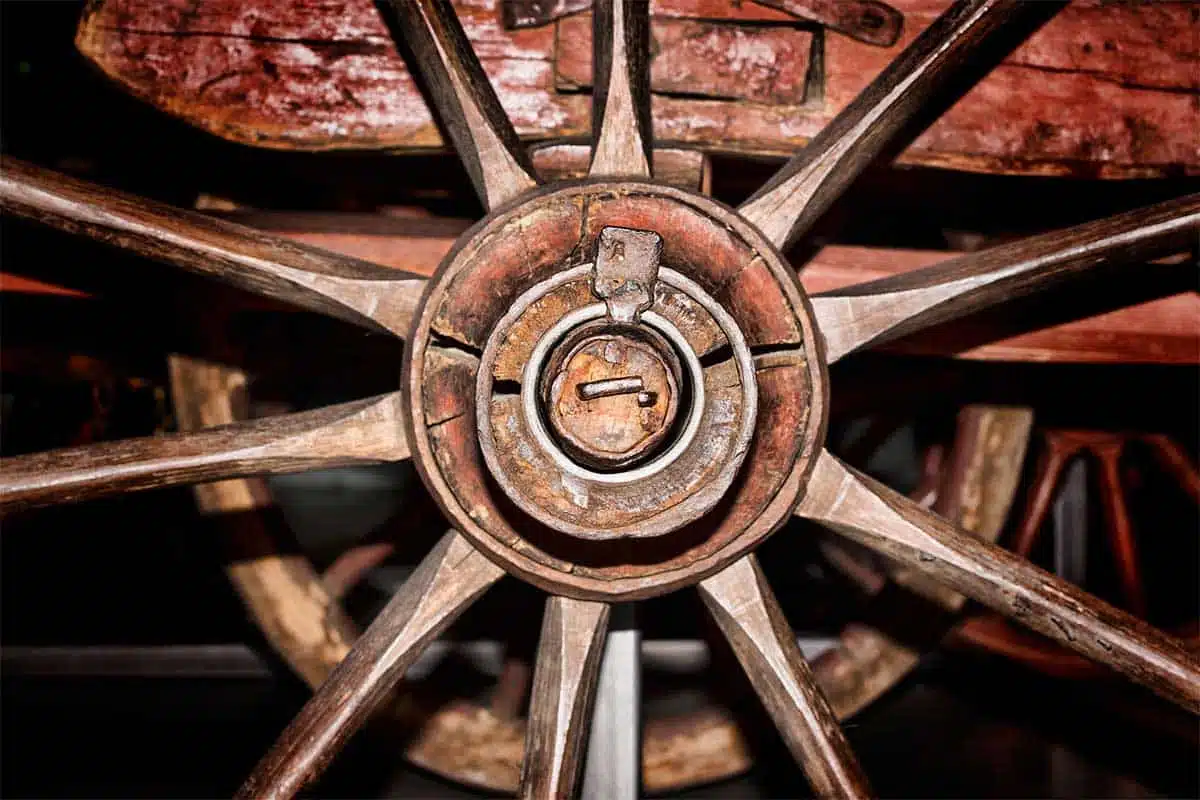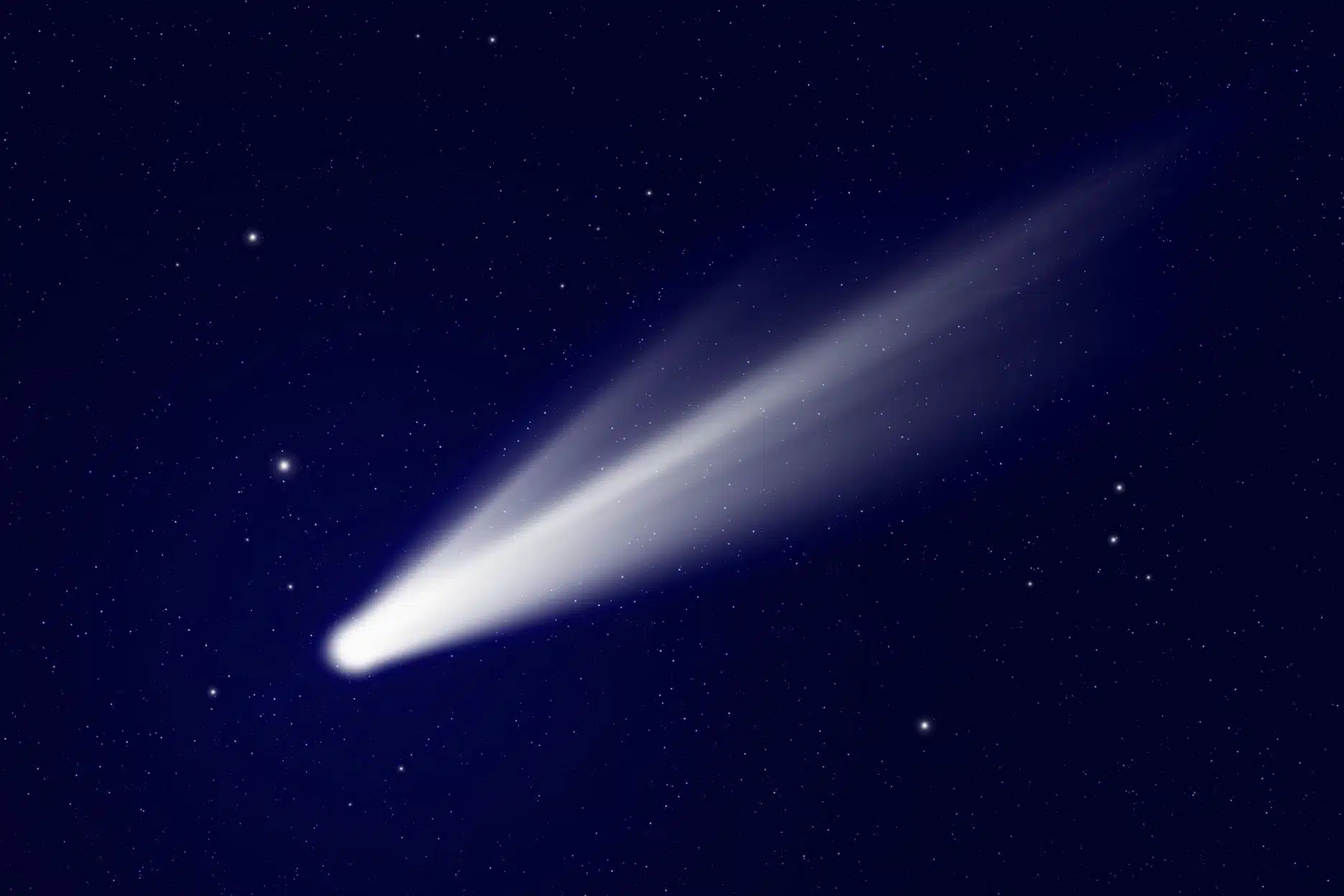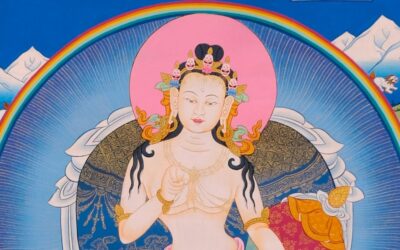Hammer Throw

Written By Paul Baffier
Blog | Culture and tradition | General Introduction to Dzogchen | Reflections on life
In “Hammer throw”, Paul tells us that the first hammer throw in history reflects the practice of Dzogchen.
Series: Summer 2024
Hammer throw
Pre-Christian Ireland. 2000 years BC.
The Tailteann Games are inaugurated in Tara, the sacred capital of ancient Ireland, by the god Lugh. God, king, warrior, artist, scholar and savior, Lugh belongs to the supernatural group of Tuatha Dé Danann, who came to bring knowledge to mankind through five objects of marvelous power: the spear, the cauldron, the club, the sword and the coronation stone of Fál.
These games are Lugh’s way of honoring his adoptive mother, Tailtiu, who is related to Mother Earth. Tailtiu died of exhaustion after clearing the Irish plains for agriculture, and the games are therefore her funeral.
“Like a comet, the hammer of practice is launched into infinity, crossing the sky for all beings.”
As you can see, this is a myth of fertility and abundance: it celebrates the harvest, the blossoming of human labor combined with the power of nature. The games were traditionally celebrated in the last two weeks of July.
Double is therefore an event that is both a funeral and a festival, when all warlike hostilities and religious rites are suspended. It’s a time of peace. People come here to meet clans, settle disputes and get married. It’s an occasion for jousting and banquets, horse races and athletic competitions: boxing, archery, wrestling, high jumping, fencing, swimming, it’s a celebration of man’s superhuman talents and abilities; it’s a time to measure what’s beyond the normal, the understood, the acquired; it’s a time to appreciate excess, to be on the lookout for the unexpected.
Among all the people who come to this place is Cuchulainn, Ireland’s mythical hero – he was initiated by the magician Scathach in Scotland, and later descends to the Sidh, the land of the gods where time stands still, but let’s not get ahead of ourselves. For now, Cuchulainn wileds a chariot axle with the wheel still attached, the first “hammer”.
You have to imagine one of those big, heavy cattle-wagon axle, something impossible to lift. But Cuchulainn lifts it anyway, turns it, and turns it, and turns it, and through the force of inertia, he begins to spin with it himself, with his whole body, and after a few turns, he finally lets go, and the axle with its wheel goes, far, far away, it flies, flies, it will never fall again, never, it flies too fast and too far for us to know where it will fall again, – perhaps it has remained to the sky, – it has disappeared into the clouds, it cannot fall again, it is beyond effort, it has torn itself away from all gravity, it is free from all laws, a projectile of freedom and power, immense, staggering, indomitable, velocity, ferocity, agility, it sinks into infinity, it has disappeared from sight!
It’s the first hammer throw in history, pionneered by Cuchulainn.
This first throw reflects the practice of Dzogchen. In the bittersweet festival of human activities, between weddings and funerals, we have to reinvent something that doesn’t yet exist and yet is already there: a wheel bar, taken from a cart, which will soon become the object to be thrown, the hammer of spiritual practice, the transitional object that allows us to transform ourselves, until we can abandon it.
At first, it’s just “the everyday object”, anodyne. Clumsy, too heavy. You can’t lift it, but you have to lift it. Once it’s lifted, you can’t see how to throw it, so you have to practice by spinning it.. Then it’s an object of ordeal, and with effort, you spin it, slowly. Eventually, it spins. Then faster, harder. Faster and faster, harder and harder. It becomes an object of feat. It spins around the body. And then, suddenly, it’s the whole self that’s pulled, around the hammer, around the weight; the self is no longer weighing its weight, it’s spinning with the hammer of practice, faster, harder, without any further effort. Then, there is no longer an object to be used by a self. The whole being is involved, in this spinning movement, taking with it the whole vision of the festivals, weddings and funerals of the self. And now the weight is so fast – it’s so strong – that there’s nothing left to do but let go.
Like a comet, the hammer of practice is launched into infinity, crossing the sky for all beings
You can read the other articles in the series : Opening ceremony – Nenikekamen!
More Posts
The ground of all Künshi
This article “The ground of all, Künshi” provide a better understanding of the essential words and concepts of Dzogchen.
The Four Testaments of the Vidyādharas
This article from Grégoire presents the" Four Testaments of the Vidyādharas", essential teachings from the early masters of Dzogchen.
The Story of the First Masters: Garab Dorje
“The Story of the First Masters: Garab Dorje” is the first article in a new category about the masters of the Dzogchen lineage.





